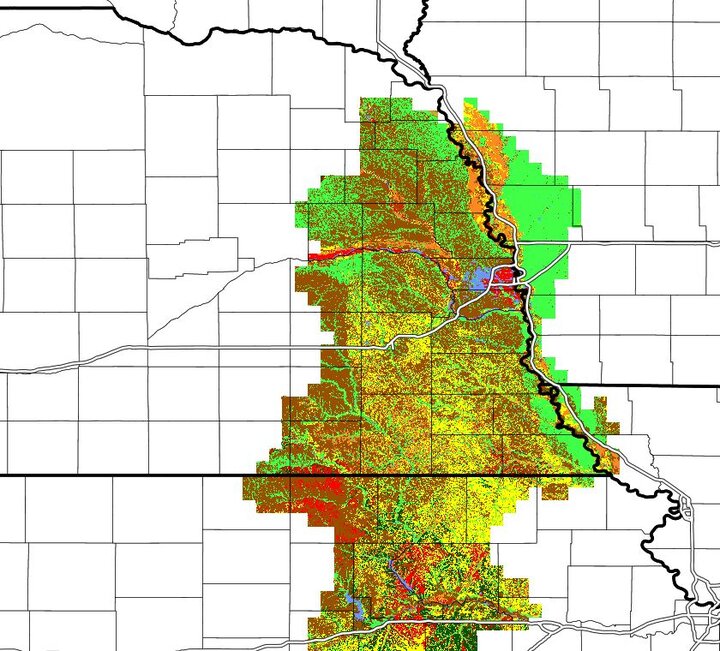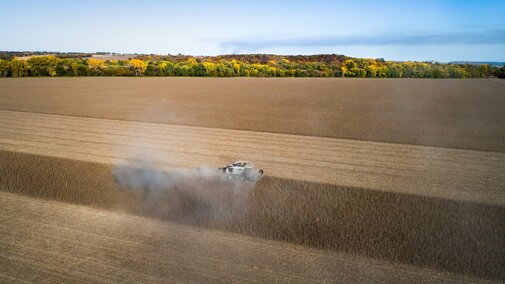The Nebraska On-Farm Research Network (NOFRN) is seeking 20 farmers to participate in a study of practices affecting the soybean yield gap. That's the difference between current farm yield and potential yield as determined by climate, soil, and genetics. An analysis of survey responses from over 2000 soybean producers indicated a 20%-30% yield gap for soybean. The analysis also revealed a number of agronomic practices that, for a given soil-climate context, could be fine-tuned to close the gap and improve profit from soybean.

In Nebraska, three practices have been identified as being important for improving yield and producer profit. These practices relate to planting date, seeding rate, and the use of foliar fungicides and insecticides.
The study is seeking 20 growers in eastern Nebraska to test "improved" practices versus "baseline" practices in 2019 and 20 again for 2020.
Participating growers will be provided some monetary compensation.
Further details on the research protocol for this study are available below and in this PDF handout.
To participate, contact Nebraska Educators and NOFRN Co-coordinators Keith Glewen (402-624-8030, kglewen1@unl.edu) or Laura Thompson (402-245-2224, laura.thompson@unl.edu), or your local extension educator.
Other studies are also available for the 2019 production season.
Boots on the Ground: Soybean Yield Gap On-Farm Research
Suggested plot layout
This study will look at two treatments, the “baseline” and the “improved.”
Baseline treatment: Late-planted soybean (after May 15) at a seeding rate of 160,000 seeds/ac with no foliar fungicide or insecticide treatment.
Improved treatment: Early-planted soybean (late April/early May) at a seeding rate around 130,000 seeds/ac with a foliar fungicide and insecticide treatment around R3 stage (beginning of pod setting).
Both baseline and improved treatments need to use the same soybean variety and the same seed treatment. (Both should have seed treatment.) The area that is harvested for yield measurements should avoid sprayer tracks or both the baseline and improved should have sprayer tracks.
Following is the layout. A total of four pairs (replicates) need to be harvested for this trial. Treatment strips will need to be as wide as the widest piece of equipment used (likely the sprayer).
Area of Interest
- We are looking specifically for fields in the shaded blue areas shown in Figure 1.
- Fields can be irrigated or non-irrigated, but cannot have tile drainage.
- Preferably, fields should be no-till or reduced till though we are flexible on this requirement.
What We Need From You
- Implement a research project using the plot layout below with your equipment and inputs
- Provide as-planted and as-applied maps as available
- Harvest the plot using a well-calibrated yield monitor or weigh wagon
- Provide the data and management information to us
- Provide seed samples from each strip
What We Will Do For You
- Provide a detailed analysis and report of the data from your farm
- Assist with specifics of plot layout and harvesting
- Assist with flagging and GPS locating of strips (need both flags and GPS)
- Assist with collecting stand counts of each treatment
- Provide soil test and seed quality results from the samples taken from your field.
- Engage participating farmers in an on-farm network to share ideas on soybean BMPs and aggregate summary reports
- Some compensation is provided to grower participants. Visit with educators for details.

